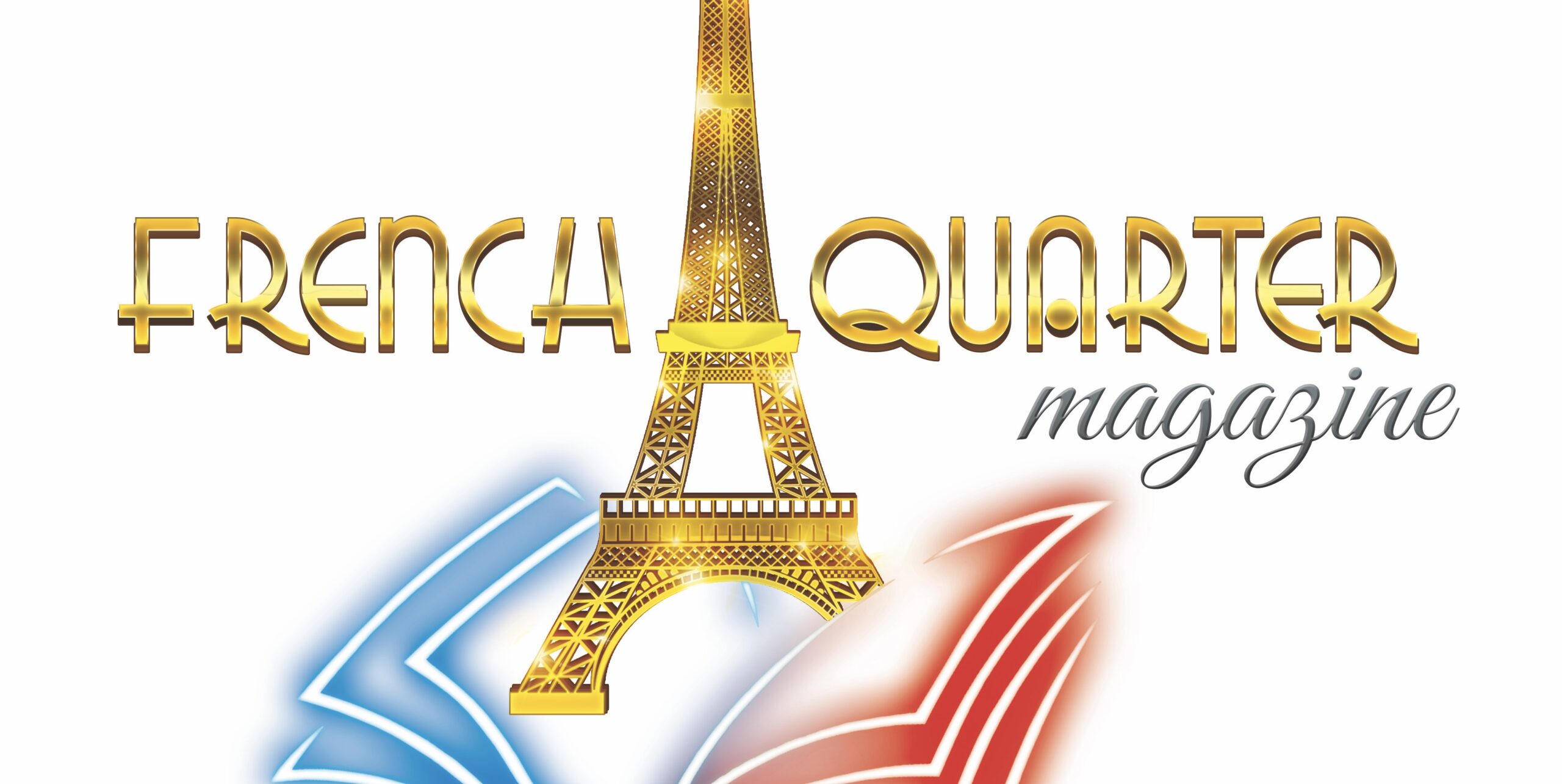The Top 10 Cultural Differences and Similarities between France and the US
Culture is a fascinating topic. It can be challenging to define, but everyone understands it when they see it. There are many cultural differences between France and the US, but there are also some similarities. This blog post will explore the top 10 cultural differences and similarities between these two countries.
Language
When thinking about cultural differences between France and the US, the first thing that comes to mind is language. The French speak the language of Molière, while the Americans speak the language of Shakespeare.


However, many people in both countries know how to converse in other languages thanks to the influx of tourists from each country visiting the other regularly. That being said, there are some unique words or idioms that only exist within these two cultures, which might throw off visitors if they aren’t familiar with them beforehand.
As a US student in France, I have been faced with this issue of cultural differences between my home country and the one where I’m was studying. Luckily, I’ve had someone revise my paper professionally before submitting it. This way, I’ve been able to keep my grades up while still preserving my culture.
Food Culture
Another significant cultural difference between France and the US is food culture. While in France people go to restaurants more often at almost every meal (especially Parisians), in the United States it depends on the cities one lives in and is often only possible on special occasions. In terms of portion sizes, Americans tend to eat much more than French people. And although the doggie-bag is now legal in France, it is still timidly practiced unlike the United States which works with it commonly.
In addition, while fast-food chains are a staple throughout the US, they are not that present in France as people prefer fresh foods from local vendors instead of processed ingredients from chain stores.


As far as what kinds of meals each country likes best- America loves BBQ ribs with potato salad or coleslaw, whereas French cuisine tends towards classic bistro dishes like steak fries (steak with fries), veal blanquette, sole meunière, along with white or red wine).
They both love their bread – except the French eat baguettes, and the US likes its buns.
Fashion
Fashion is one area where the two cultures differ significantly. While Americans typically dress more casually, French fashion is much more formal and stylish. This can be seen in the way people dress for work and the types of clothing that are popular.
Another significant difference between American and French fashion is that French women often wear high heels, even when not going out on a special occasion. In contrast, most American women prefer to wear comfortable shoes like sneakers or flats except for gala evenings and wedding ceremonies when American women get all dressed up to be the most beautiful.


Finally, French fashion tends to be more expensive than American fashion. US brands focus on making affordable clothing, while many French designers charge high prices for their creations.
Approach To Dating
Dating life in the two countries is very different. In France, sex and relationships are less taboo than in America. Casual dating is more common among French people living abroad because it’s not easy to approach someone you like at home (I guess that relates to a cultural issue).
In America, it would be normal to show your interest by approaching someone and starting talking, while in France, most of us would consider this as way too intrusive. You have to do something special if you want to impress your crush: meet them by chance somewhere, ask for their phone number or even try impersonating a friend of theirs to get closer! (Of course, I don’t recommend doing the last one) But once things get started, the French are more direct and less afraid of expressing their feelings.
Education
When it comes to education, the United States and France have similarities and differences. In France, primary school lasts for six years. School is free for everyone until high school, which lasts for five years. After that time, students can continue to higher education or get a job right away. It is important to note that the university in France is free with only about 250 euros of registration fees to pay while in the United States, you will have to pay on average about 43,000 dollars a year.

In America, children start elementary school when they are around five years old and continue through fifth grade (sixth grade if you live in New York City). Almost all schools are public unless your family has enough money to pay private tuition fees. After elementary school, students attend middle school for three years and then high school for four years. College is considered necessary by most Americans to get a good job. However, many people go straight into their careers without further schooling after finishing high school at 16 years old.
I met French college students in the US, they’ve had less trouble adjusting to the American educational system. With the help of online writing and tutoring service, they find it easy to get my assignments done in time while they have enough time left to enjoy their social lives.
Cultural Norms
The two countries also share some similarities when it comes to cultural norms. Both France and the US are considered “melting pots” of cultures, with people from all over the world living and working there. This means that both countries embrace diversity and have a strong sense of patriotism.
And while Americans tend to be more individualistic in their thinking, the French take pride in their country and culture as a whole. In terms of holidays, both countries celebrate Christmas, Easter, Mother’s Day, Father’s Day, and in some communities, Halloween, and Thanksgiving (although the way these holidays are celebrated can be quite different).
The French benefit from more annual holidays (5 weeks per year and 14 public holidays) while the Americans tend to receive two weeks of holidays per year.
Beer vs. Wine
It’s hard not to mention French culture without talking about wine. Wine is a huge part of French life, and the country produces some of the best wines in the world. The US also has a strong wine culture, but it’s nothing like France. Americans are more likely to favor beer over wine. There are many types of beer in the United States, while wine is mainly consumed in France by adults.


Another big difference between French and American drinking habits is that Americans often drink to get drunk. At the same time, the French prefer to enjoy their drinks and have a conversation with friends. This cultural difference can be seen at social events and restaurants – Americans will usually order several rounds of beers or mixed drinks, while the French will order one glass of wine each.
Lifestyle
The French live a more leisurely lifestyle than Americans. They enjoy spending time with family and friends, eating good food, and relaxing in their free time. The American lifestyle is fast-paced and focused on work/career success.
Americans are also much more individualistic than the French. They place a high value on personal achievement and independence. The French tend to be more collective and communal in their thinking, valuing the importance of relationships and group dynamics.
Smoking
There are several similarities between the two countries regarding smoking laws. For example, both France and the US prohibit selling cigarettes to minors. They also both have health warnings printed on cigarette packs. However, there are some differences too. For instance, while the US requires graphic images of diseased lungs, France has opted for more subtle messages such as “Smoking Kills.”
Overall, it can be said that the smoking laws in France and the US are pretty similar but with a few subtle differences.
Tipping Culture
Tipping is commonplace in many industries like foodservice and hospitality in the US. However, in France, the concept of tipping isn’t as widespread as expected. French nationals don’t tip many workers who would be tipped in America.
For example, taxi drivers are typically not tipped, no matter how far they drove you or even if there was inclement weather! And waiters rarely expect tips because it’s already been included in the price of your meal directly. However, it is common for the French person to leave a few coins such as 3 or 4 euros at a café or brasserie/bistrot or even up to 10 euros or more while dining at a high end restaurant. This can be confusing for American tourists visiting France.


Both countries have differences and similarities. It is essential to understand that this may change based on France or America’s region, but the points mentioned above are a general idea of what one can expect.
Header Photo Credit: Pexels





















What a great article that highlights the differences between Americans and French! I love learning about some of the norms in each country and how each culture is so different.
Thank you so much, Jaya! I’m delighted that you enjoyed the article and found it informative. Exploring the cultural differences between Americans and the French is indeed fascinating, as it provides valuable insights into how diverse our world truly is. If you have any other topics you’d like to learn about or discuss, feel free to let us know — we’re always eager to share more insights!
American high school student absolutely do not graduate at 16. And in some states, like Massachusetts, middle school is 4 years, from grades 5 to 8. Also, many states do not require images of diseased lungs to be printed on cigarette packs.
Thank you for bringing these inaccuracies to our attention. We’re committed to providing accurate and reliable information to our readers. To ensure that our content meets the highest standards, we’ll have the author of the article review it thoroughly or consider writing a new piece that addresses these points more accurately. Your feedback is greatly appreciated as we strive to improve our content. Thank you for helping us maintain the integrity of our articles.
Interesting article. I am an American, who also loves France and has spent considerable time there. However, there are some misleading comments in your article. While the U.S. college costs are definitely too higher for many, the average is significantly less than the $43,000 you stated. I found many websites with info, but here’s one of the more reliable ones. It makes a big difference whether it is a community college, state college, or private University. It also makes a difference whether a student lives within the given state or is from out-of-state. “The average cost of tuition and fees to attend a ranked public college in state is about 74% less than the average sticker price at a private college, at $10,423 for the 2022-2023 year compared with $39,723, respectively, U.S. News data shows. The average cost for out-of-state students at public colleges comes to $22,953 for the same year. ”
And as far as beer or wine consumption–it important to note that the differences vary by region. And, the info about holidays and vacations–while we envy the paid vacation time that many of the French receive, many here get not only a two-week vacation, but also several paid holidays. Thank you!
Hello Susan! Thank you for your valuable feedback and for sharing additional insights into the topics discussed in the article. You make an excellent point about the varying costs of college education in the United States, which can indeed differ significantly depending on factors such as the type of institution and residency status. We appreciate you providing more context and a reliable source to support your perspective.
You also highlight an important aspect regarding regional variations in alcohol consumption habits and the nuances of holiday and vacation policies, which indeed can vary widely from one country to another and even within regions.
We strive to provide accurate and comprehensive information in our articles, and your input helps us ensure that our content reflects a broader and more nuanced understanding of the topics discussed. Thank you again for taking the time to share your insights with us — we value your contribution to the conversation.
This is good, but I think the French expect Americans to tip. I also would love to know the primary source on Americans and ribs-this must be an assumption. As North/south/east/west are exceptionally different. Finally, I would love to know the primary source on French students finding US college experience easy, I have been attending college for 10 years through medical school and I have not met one French student who has made it past the first year as they did not want to work as hard. I think the culture has changed significantly since your over assumptive article was written.
Thank you for sharing your thoughts and insights, Jerry. Your feedback on the cultural differences regarding tipping and the varying experiences of French students in American colleges is valuable. We’ll certainly take your points into consideration and look into providing more nuanced and accurate information in future articles. If you have any specific sources or further details you’d like to share, please feel free to do so — we’re always eager to learn and improve our content.
Great article, but you really messed up the number of years in French school haha:
Kindergarten is 3 or 4 years
Elementary is 5 years (not 6…)
Middle school is 4 years
High school is 3 years (not 5…)
Thanks for catching those errors, Gabrielle! We appreciate your attention to detail. We’ll make sure to correct the inaccuracies in the article. Your input helps us maintain accuracy and quality in our content.